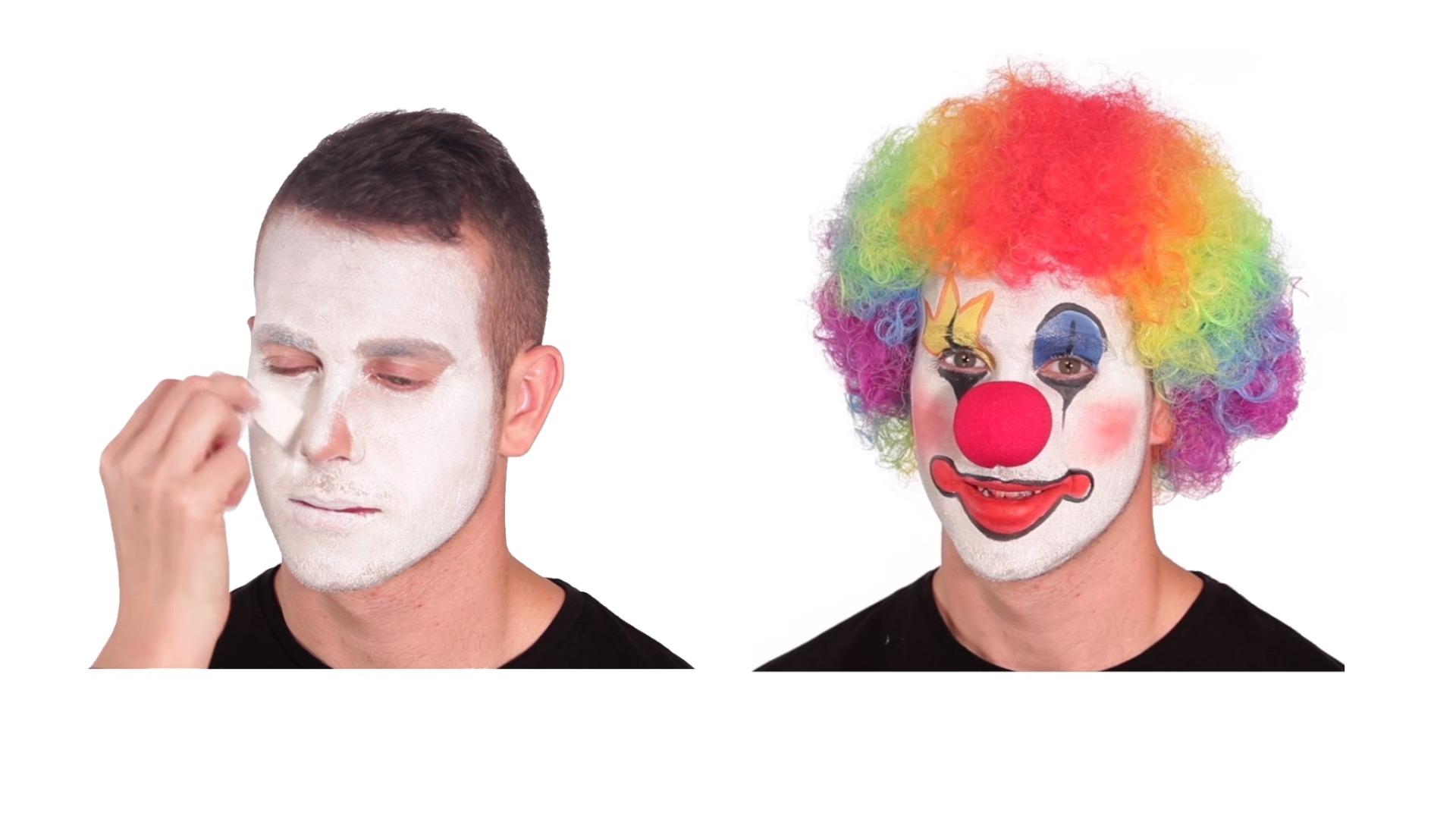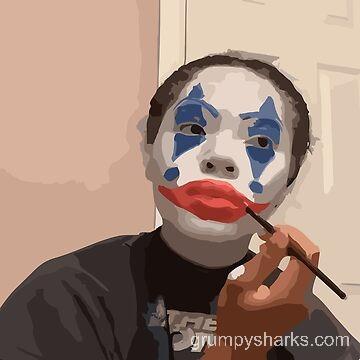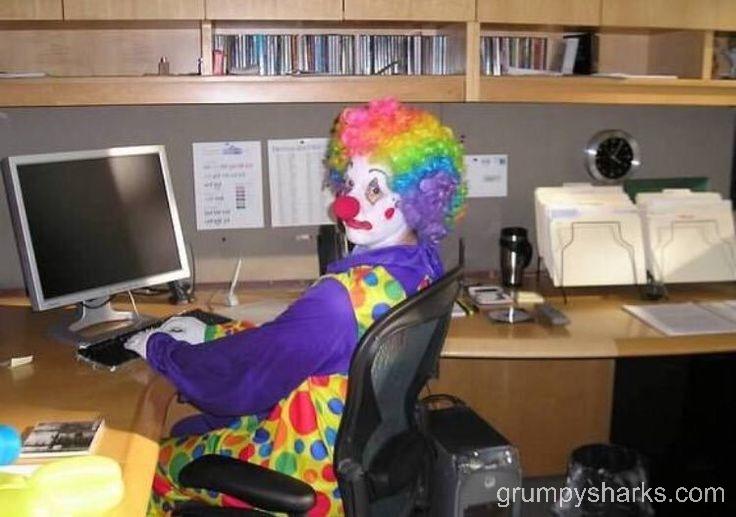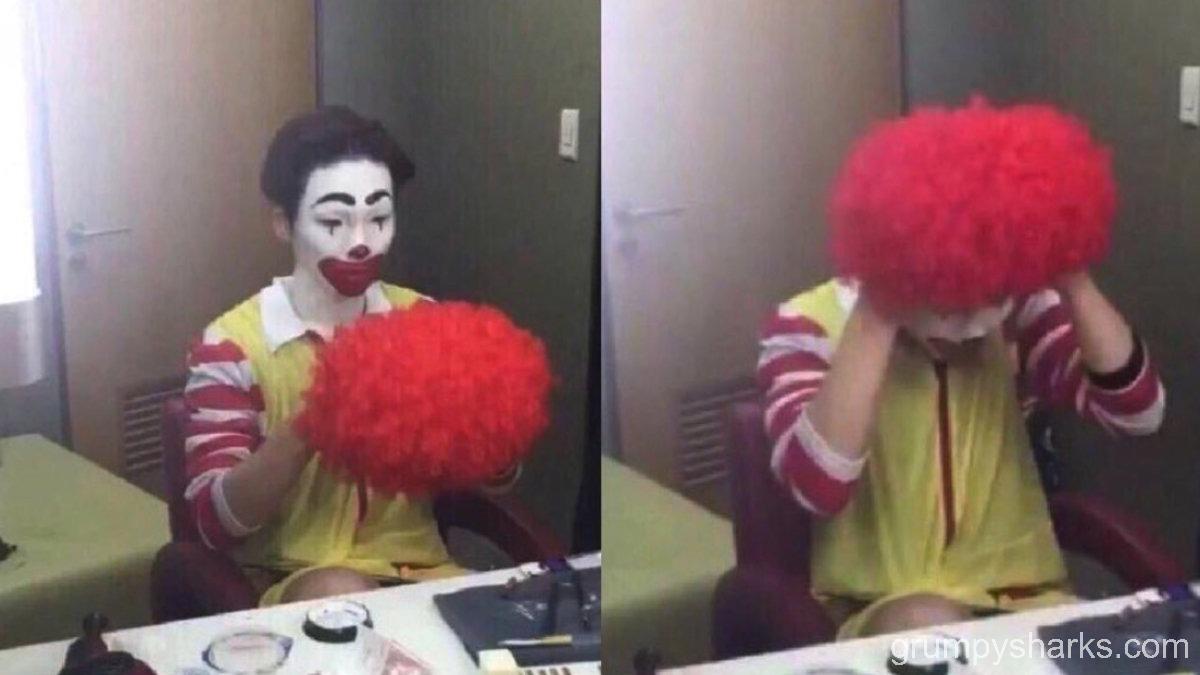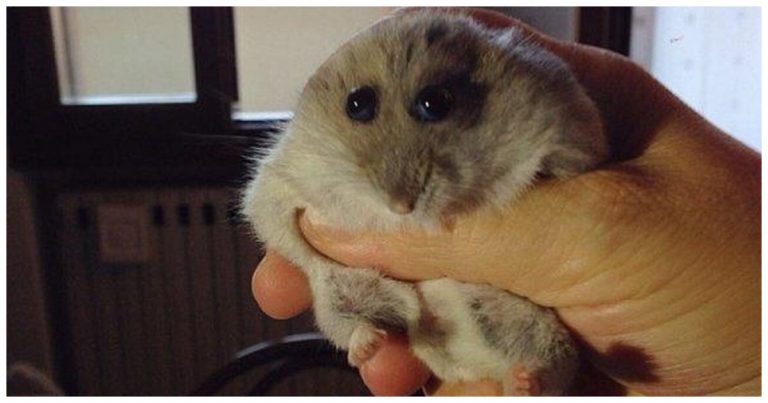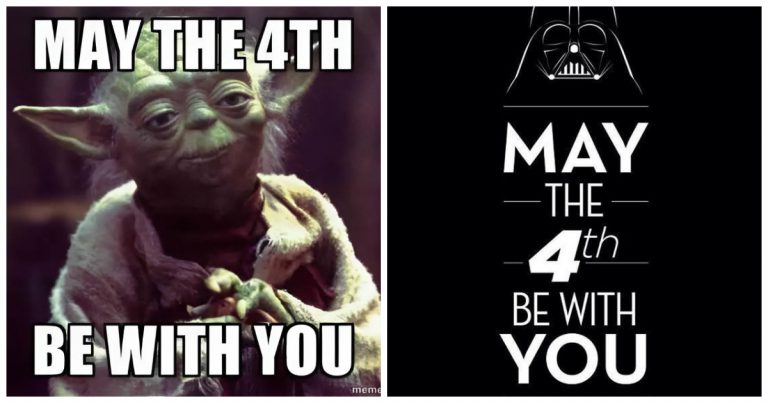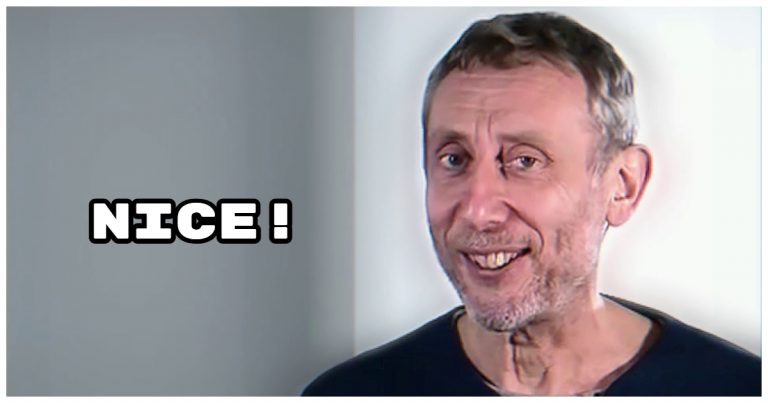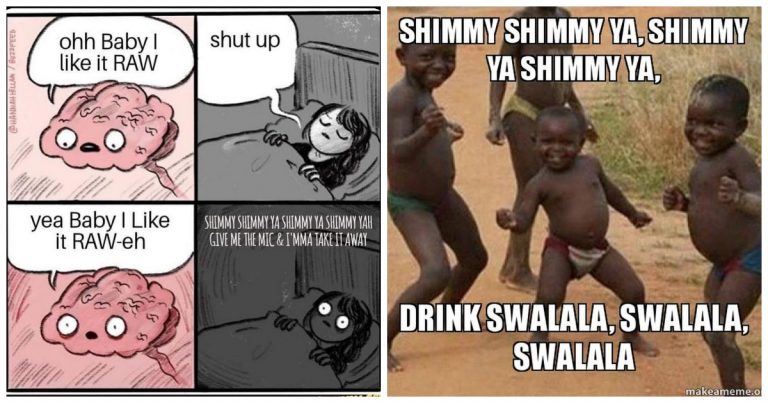What Is The Clown Meme? Origins, Meaning & Why It’s the Ultimate Self-Own
Ever hyped up a plan that crashed spectacularly, like betting your savings on a meme coin or texting “u up?” to someone who ghosted you? That’s prime clown meme territory. This viral internet phenomenon, marked by clown makeup progressions or the infamous 🤡 emoji, captures moments of naivety, embarrassment, or straight-up foolishness. Emerging around 2019 on Twitter and Reddit, it’s become a go-to for self-deprecating humor and public roasts.
Whether it’s TikTok skits or Reddit threads, the clown meme thrives by turning our worst decisions into communal laughs. In this article, we’ll explore its origins, unpack its meaning, and explain why it’s the ultimate self-own in digital culture.
1. What Is the Clown Meme?
What is the clown meme format?
The clown meme is the internet’s favorite way to roast bad choices. It comes in a few flavors: a step-by-step transformation into a clown (think adding makeup, a red nose, and a wig), a full clown costume image, or just the 🤡 emoji.
Each format screams, “You messed up.” It’s used for moments of naivety—like believing a shady influencer’s “get rich quick” pitch—or pure embarrassment, like misreading a crush’s signals. Picture a meme where “checking their story” escalates to “DMing at 2 a.m.”—that’s the clown vibe.
Is the clown meme always self-deprecating?
Not always. The clown meme is peak self-own, perfect for joking about your own flops, like bombing a presentation. But it’s also a weapon to mock others. On Twitter, users slap a 🤡 on a politician’s bad take or a celeb’s cringey post.
It shifts between personal regret (“I’m such an idiot”) and public call-outs (“Nice try, buddy”). The tone can be playful, like laughing at a failed prediction, or savage, like roasting someone’s public meltdown.
2. Where Did the Clown Meme Come From?
The clown archetype in history and media
Clowns have a long, weird history. From circus jesters juggling for laughs to horror icons like Pennywise in It, they’ve always been a mix of comedy and chaos. Medieval jesters played the fool to entertain kings, while modern clowns in media often signal stupidity or menace.
This dual role—funny but flawed—makes clowns perfect for memes about human error. The internet just took this age-old archetype and gave it a digital glow-up.
How the modern clown meme evolved
The clown meme exploded around 2019, when Twitter and Reddit users started sharing “putting on clown makeup” images to mock escalating bad decisions. A key moment was a viral post repurposing a 2015 YouTube makeup tutorial, with captions like “Me thinking they’d call back.” By mid-2019, the format was huge on r/memes and r/dankmemes, with thousands of upvotes.
TikTok’s #ClownMakeupChallenge, where users filmed themselves “becoming clowns” over dumb choices, pushed it further. Know Your Meme tracks its rise, noting its viral spread across platforms.
3. What Does the Clown Meme Mean?
What does the clown represent online?
The clown meme is a digital facepalm for gullibility or false confidence. It’s the “I messed up” badge for moments like chasing an unrequited crush or hyping a doomed crypto coin. The clown’s over-the-top look—red nose, wild wig—mirrors the absurdity of ignoring red flags or doubling down on bad ideas. It’s internet shorthand for “I was delusional,” turning personal flops into a universal laugh.
Why people relate to clownposting
Clown memes hit because they’re relatable. They turn disappointment—like unreturned texts—or regret—like betting on a losing team—into humor. Clownposting is a coping mechanism, letting us laugh off unrequited love or being wrong about a hot take. The visual shame of clown makeup tells a story everyone gets: we’ve all been fools. It’s why these memes resonate, as noted in a Vox article on how memes process emotions.
4. Popular Formats and Variants of the Clown Meme
The Makeup Progression Meme
The classic clown meme shows a face slowly turning into a clown, each step a dumber move. Think: “Seeing their tweet” to “Liking it” to “Replying with heart eyes” to “Getting left on read.” It’s perfect for dating regrets, bad predictions, or “trusting the process” when you shouldn’t. This format, popular on meme generators like Imgflip, thrives for its storytelling power.
Clown Emoji (🤡) Reactions
The 🤡 emoji is a meme in itself—a quick, brutal jab at foolish behavior. It’s dropped in Twitter replies to mock bad takes, like an influencer’s tone-deaf post, or paired with “ratio” culture to bury a dumb tweet. It’s also big in ironic captions, like “Me thinking I’d win this argument 🤡.” Its simplicity makes it a universal roast across platforms.
5. Why the Clown Meme Is the Ultimate Self-Own
How it differs from other self-deprecating memes
The clown meme stands out among self-deprecating formats. The facepalm is a quick wince at a mistake. The Simpsons “do it again” meme (Homer urging Bart to repeat a fail) is about stubbornness. “Ight Imma head out” (SpongeBob leaving) is about bailing. The clown meme, though, is a visual humiliation saga, showing the slow descent into foolishness. Its layered buildup makes it uniquely savage.
Why people post themselves as clowns
Clownposting is social signaling with a laugh. By sharing a clown meme, you’re owning your cringe—like mispronouncing a word in a meeting—in a way that invites others to relate. It’s vulnerability wrapped in humor, a shield against embarrassment. A The Atlantic piece notes that memes like these turn personal fails into communal comedy, building connection through shared flaws.
6. How the Clown Meme Travels Across Platforms and Cultures
Where the meme thrives
The clown meme is a platform chameleon. On Twitter, it fuels confession threads about failed plans, like “Thought I’d ace this exam 🤡.” TikTok’s POV skits act out clown moments, like “Me thinking I’m their type,” with #ClownCheck trending. Reddit’s r/me_irl and r/relationships love it for self-roast humor, like joking about bad dating choices. Check out r/me_irl for prime clown content.
Clown memes in other languages and communities
The clown meme crosses borders, with global spins. In Spanish-speaking communities, “payaso” memes use local clown imagery for similar roasts. Japanese meme pages swap clowns for “baka” (fool) visuals, while K-pop fandoms clown stan theories with 🤡 emojis. The universal idea of foolishness—whether it’s a bad bet or a cringe post—makes the meme adaptable to any culture’s symbols of failure.
7. The Role of Clownposting in Modern Meme Culture
What other meme types express self-failure?
Clown memes sit alongside other self-failure formats. Sad SpongeBob captures lonely regret, Wojak templates show existential dread, and “This is fine” dog embraces chaos. The clown meme’s niche is its playful yet humiliating vibe, turning bad choices into a circus act. It’s less about despair and more about laughing at your own delusion.
Is clownposting healthy digital behavior or performative shame?
Clownposting can be cathartic, like joking about a minor flop to feel less alone. But it can veer into performative shame when pile-ons target someone’s mistake, like fandoms clowning a wrong prediction. Healthy clowning builds community; toxic clowning fuels shame spirals. The difference lies in intent—self-awareness versus mobbing—which shapes its impact online.
Conclusion
The clown meme is the internet’s brutal yet hilarious way to call out our worst moments. From its 2019 roots on Twitter and Reddit to its global reign on TikTok and beyond, it’s a masterclass in turning naivety and embarrassment into comedy.
Whether it’s a makeup progression or a quick 🤡 emoji, it captures the universal truth: we’re all clowns sometimes. Its legacy lies in making our fails relatable, from bad dates to bad bets. Got a clown moment? Drop it in the comments or tag us with a 🤡 on social media—let’s laugh together!

